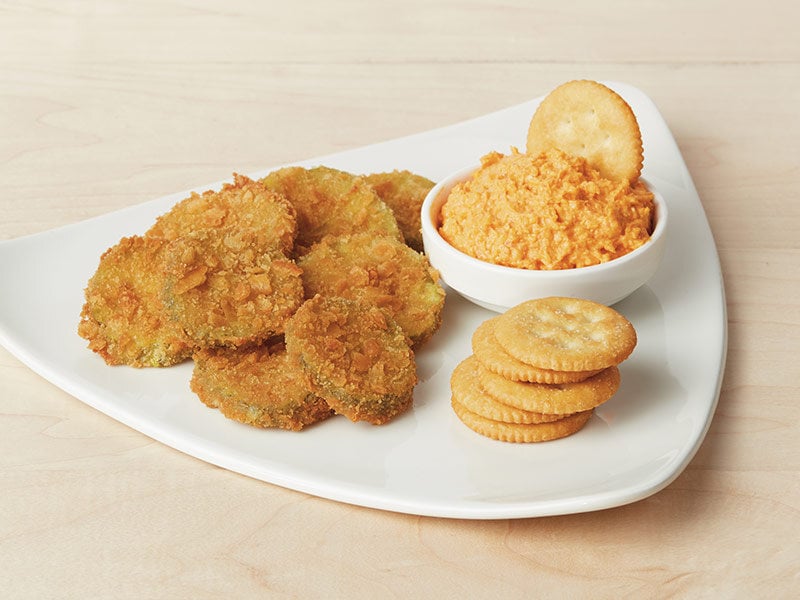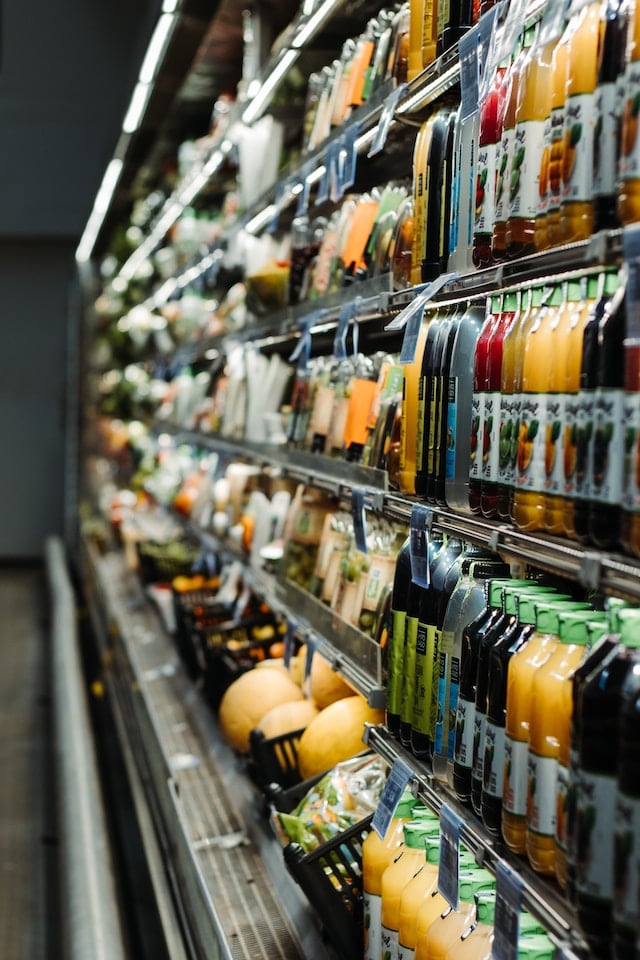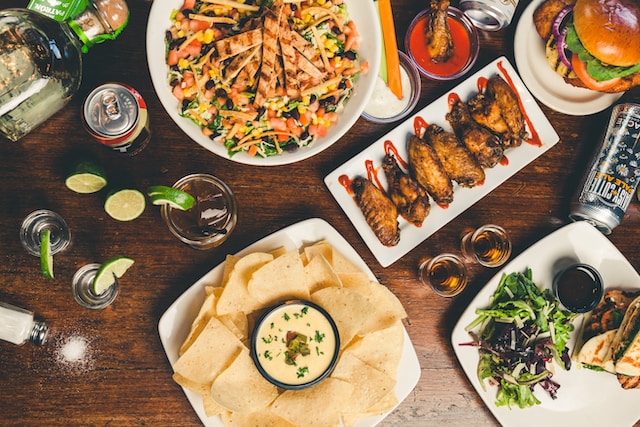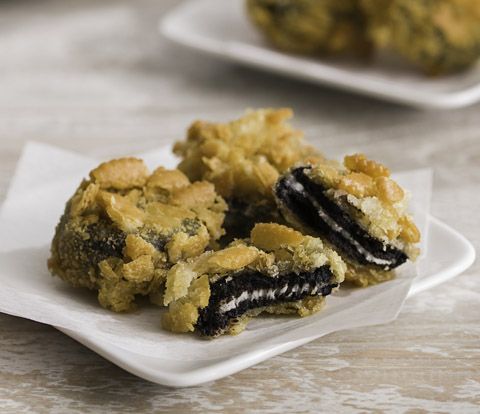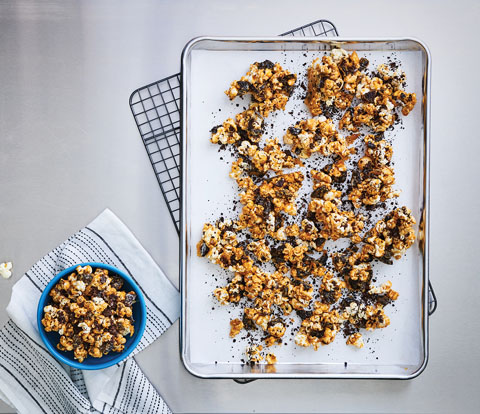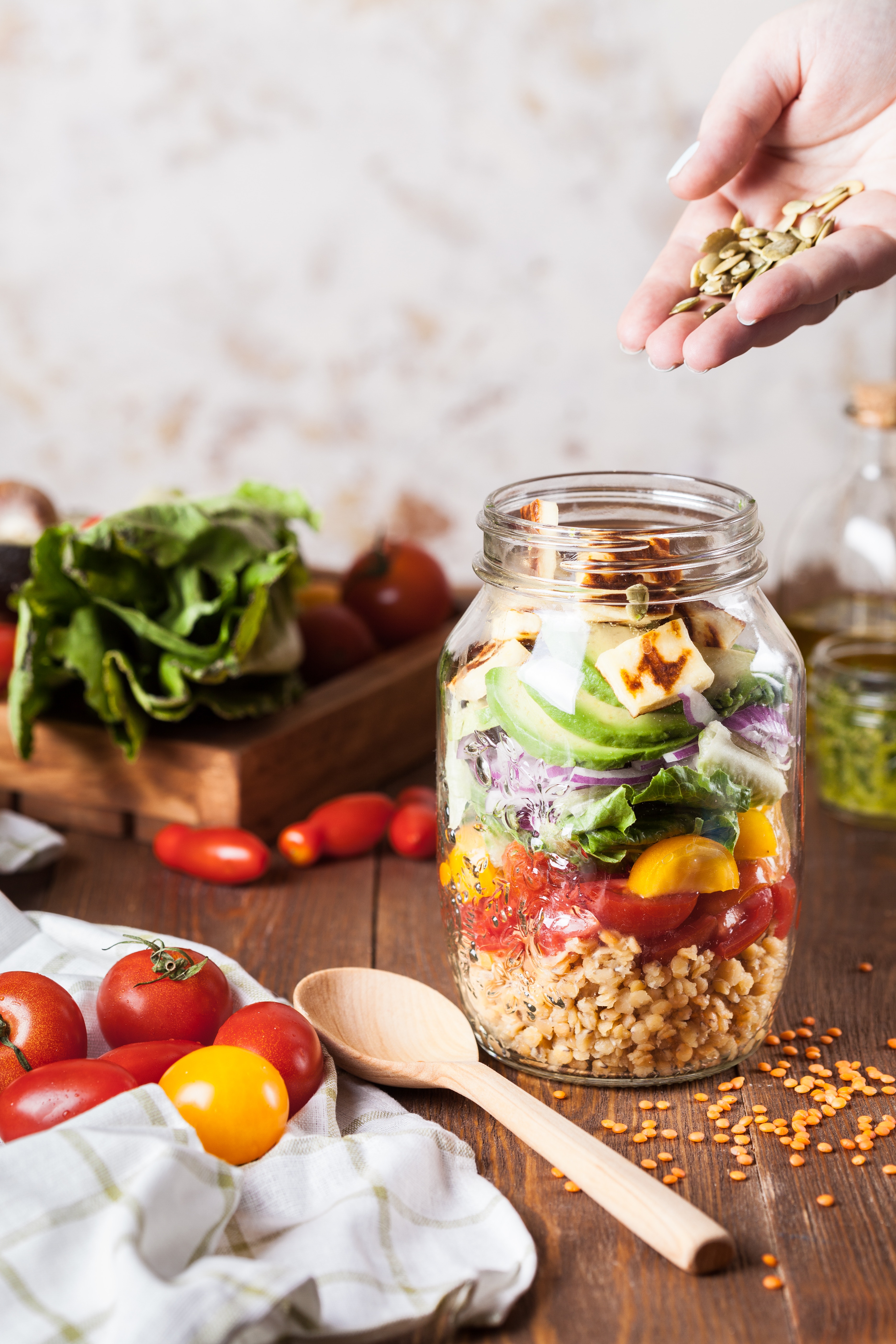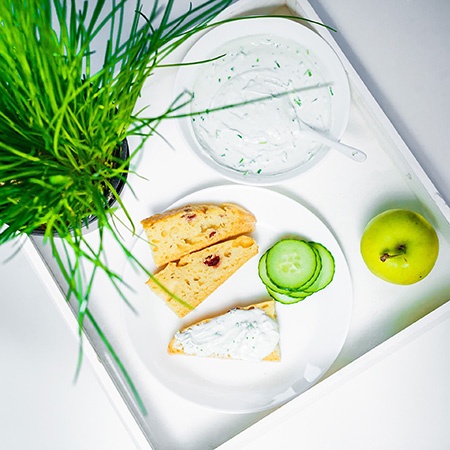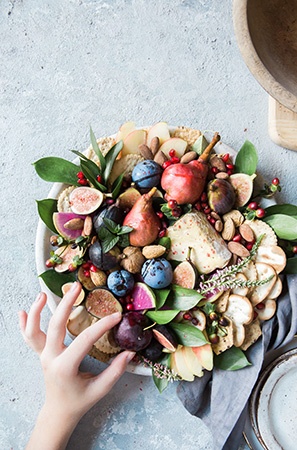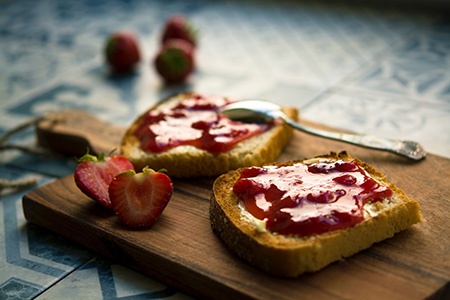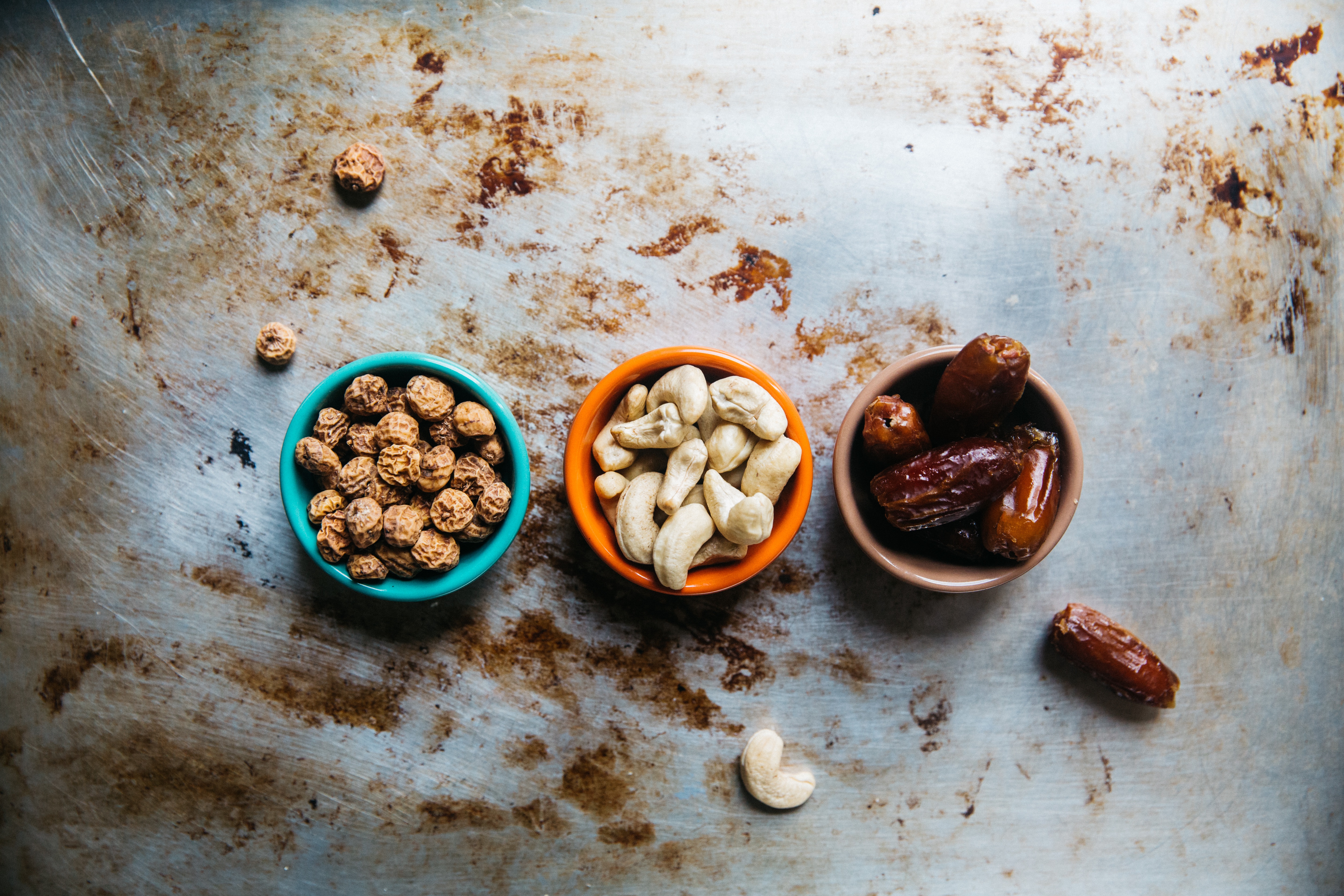Appetizers/Snacks
Right Bites: Building the Best Between-Meal Snack Menu
July 23, 2024
As small bites replace large meals, restaurant operations adjust menus for all-day snacking. Explore key data behind the latest trends in small plates.
6 Snack and Dessert Trends for 2024
December 18, 2023
Learn about upcoming dessert trends and snacks for 2024. Find out about healthy snacks and new trending foods that are becoming popular.
Fast Track Snacks: Shareable Grab-and-Go Foods Feed Market Need
October 17, 2023
As snacking continues to replace full meals, small bites and shareables grow in popularity. Explore the small plates trend at restaurants and c-stores.
At The Plate: Foodservice Ready for More Hits Than Misses in 2023
May 2, 2023
The National Restaurant Association forecasts strong growth for foodservice, but economic challenges persist. Learn how top chains innovate to drive sales.
Small Bites, Big Sales: Foodservice Feasts on Snacks to Feed Bottom Line
April 18, 2023
As snacking replaces full meals, small bites grow in sales importance. Learn how the foodservice trend of small bites has evolved into big business.
Snacking and Socialization: A Successful Formula for Serving Customers in 2023
March 30, 2023
Struggling to boost on-premise sales? The solution could involve offering games and other activities, coupled with shareable and snack-focused menu items.
4 Trending Ways to Elevate Snacks
December 22, 2022
Tweaking familiar dishes to include a new flavor or format could be the menu addition that will pique consumer interest and help increase sales.
Elevate the Movie Theater Experience with Crave-Worthy Concessions
February 24, 2022
Today’s moviegoers are looking for more than just plain popcorn—and theaters are meeting the demand with upscale food and beverages.
Snacking Comes of Age: Understand Generational Preferences to Position Your Menu for Success
February 25, 2021
Snacking has increased in recent years. Here’s how to customize your offerings to satisfy the unique preferences of every generation.
Plant-Based Snack Trend Sprouts Better-for-You Business
June 12, 2018
The plant-based foodservice trend is poised to help restaurant operations and other foodservice establishments grow a higher check average. Discover how consumer demand and millennial snack preferences are driving plant-based menu innovation.
Millennial Snack Trends Take a Bite Out Of Mealtime Business
June 5, 2018
The foodservice trend of snacks replacing meals is growing, turning menu innovation into snackification to help drive a higher check average at restaurant and other foodservice operations. Learn how millennial snack preferences and snacking trends are transforming the traditional foodservice approach to dayparts.
The Feel Deal: Texture Hits the Sweet Spot as a Snacking Trend
May 29, 2018
Engaging the senses for share-worthy experiences is a must for menu innovation meant to drive a higher check average among younger consumers. Learn why texture is expected to take hold as a sensory foodservice trend that restaurant operations will leverage to drive traffic among iGen and millennial snack enthusiasts.
Going with the Grain: Whole Grains Help Grow Foodservice Sales
May 15, 2018
Grains are making gains as a key foodservice trend. Learn about the grains foodservice operators are using to drive menu innovation for a higher check average.
Jams, Jellies and Preserves Make Sales Stick for Foodservice Operators
April 10, 2018
Learn how jelly, jams and preserves are evolving to bear fruit in a changing foodservice landscape and help drive a higher check average.
Noshing on Nostalgia: Snacking Staples Take the Cake
January 9, 2018
Millennial snack needs may stress novelty, but nostalgia is a multi-generational snack trend. Learn why menu innovation should combine novelty and nostalgia.
Digging Into the Millennial Snacker Mindset, Part 2
January 2, 2018
Discover the psychological factors that drive millennial snack trends and their effect on foodservice preferences across the general population.
Show and Sell: A Hunger for Merchandising
May 8, 2017
Explore merchandising strategies and millennial snack trends to help drive a higher check average at convenience store and other foodservice operations.
A Clean Sweep: 2017 Snack Trends
January 2, 2017
Stats, tips and insights to forecast snack trends for the upcoming year and help restaurant and foodservice operations thrive in 2017
Say Cheese: Snacking Trends That Make Consumers Smile
November 28, 2016
Stats and insights to help foodservice operators capitalize on snack tends and menu innovation in the surging cheese market.
Salty Snack Trends Savor Sweet Success
November 21, 2016
Explore the evolution of salty snack trends and their impact on the foodservice industry and menu innovation.

